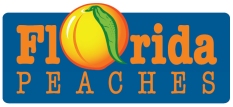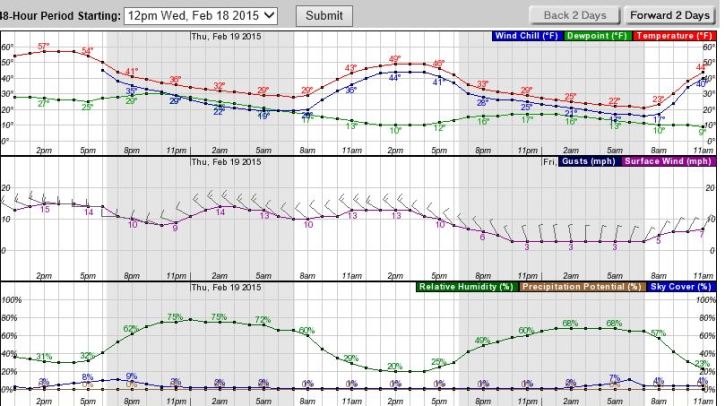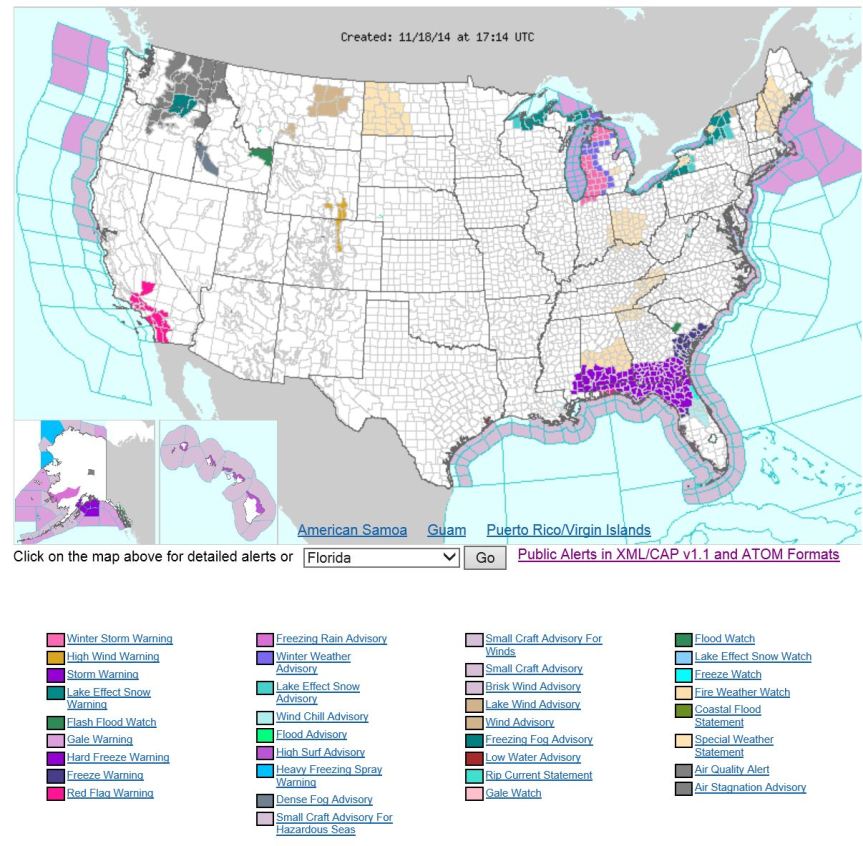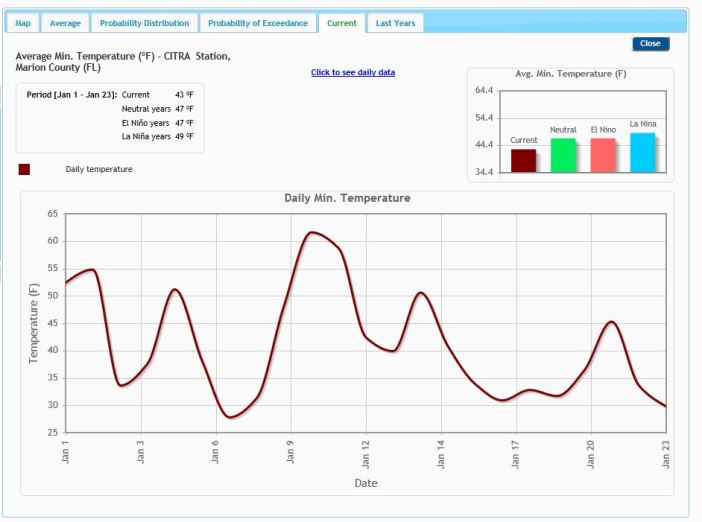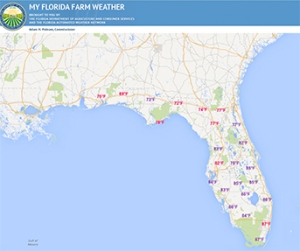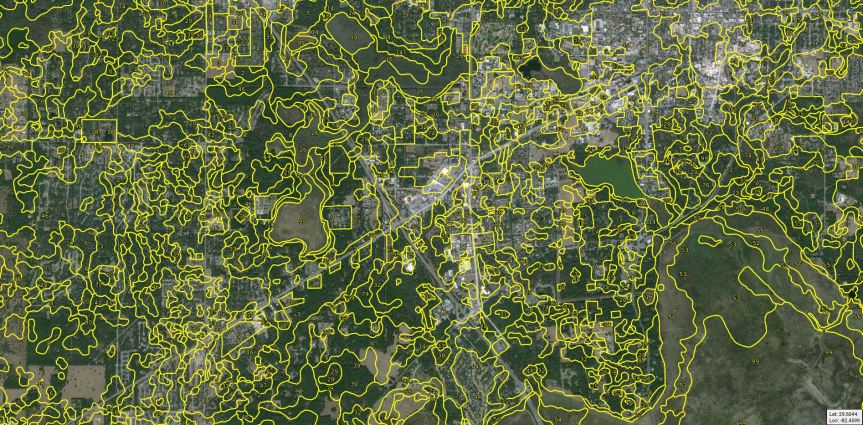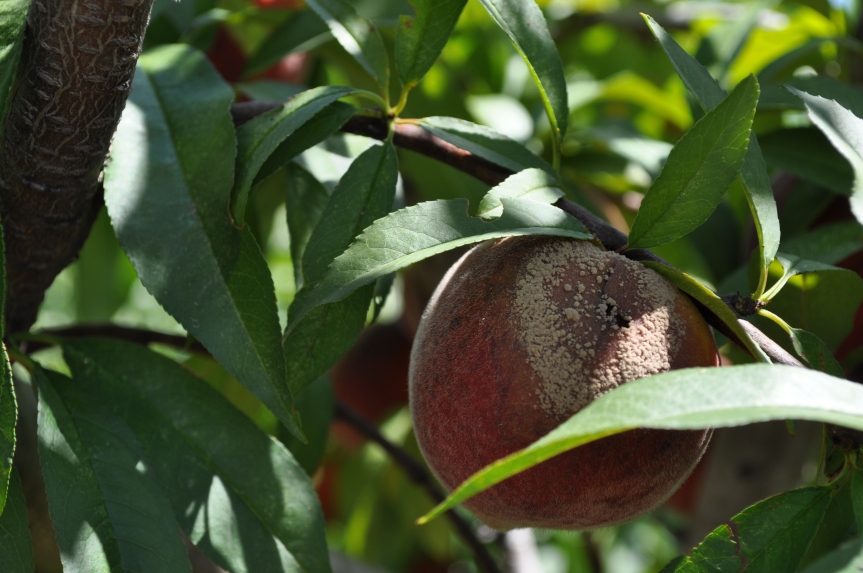
I hope that everyone is having a good harvest so far, although I will have to say it’s been challenging with all of the rain we have had here in Central Florida.
One issue that we don’t often have to deal with is Brown Rot. However, with the afternoon rainshowers that we have had (in some cases over 3 inches over the past couple of weeks), it is showing up in some of the harvested fruit, particularly in the bottom part of the fruit.
We are working on an EDIS publication for future reference; however here are some quick points.
Brown Rot
Brown rot is caused by a fungus, Monilinia fruticola and is often an issue in areas with frequent rainfall during fruit development.
Primary infections occur in the spring and can lead to flower death and reduced yield, but secondary infections affect the fruit. In addition, abortion of mature fruit, e.g., “mummies” that fall to the orchard floor can serve as inoculum for future infections with later ripening periods.
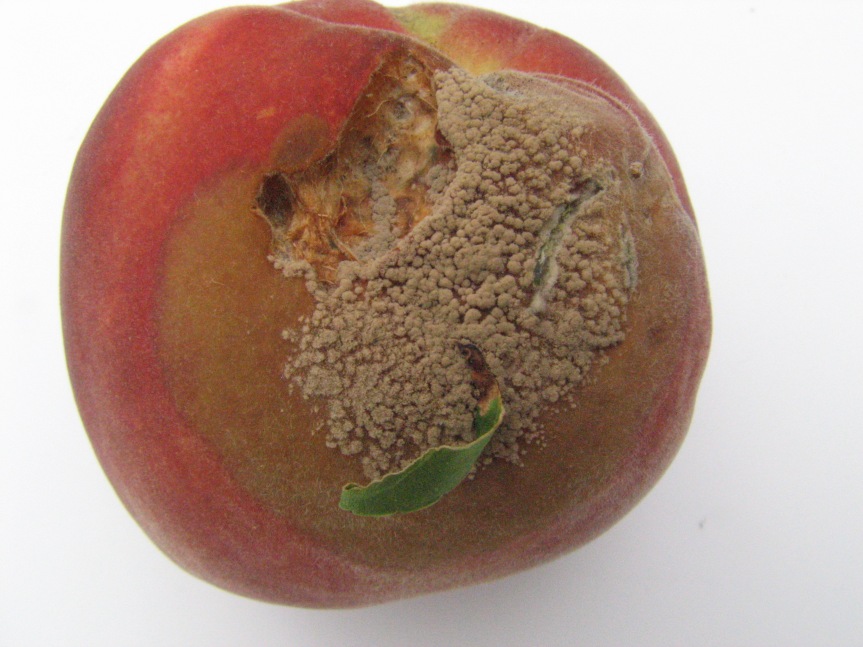
Disease Cycle
The continuous production of spores by mummies, cankers, and apothecia fuel the disease cycle and the infection of blossoms and fruit. Brown rot flourishes under conditions of high humidity (>94%) and optimal temperatures occur around 77°F (25°C). Rain, wind and insect activity lead to the release of spores that initiate the infection.
Secondary infection occurs as blossoms and shoots that have been initially infected begin producing spores, and can continue to do so until early June. If secondary spore production can be prevented by the use of effective management techniques, the disease can be more easily contained. The presence of infected fruit and mummies can also act as a source to spread brown rot.
Management
Management for brown rot should begin before anticipated rain events occur, and guidelines for recommended fungicides are listed in the SE Peach Spray Guide: http://www.ent.uga.edu/peach/PeachGuide.pdf.
Please remember to rotate your fungicide chemical classes (as indicated by the FRAC codes) to avoid resistance risk. There have been races of brown rot that have been identified as resistant to certain classes of fungicides – although there is a fungicide resistance kit that can be ordered to verify that the fungicide is at fault.
Key Points
- High humidity, precipitation and warm temperatures encourage brown rot.
- Be proactive, not reactive with this disease.
- Verify that what you are observing is brown rot – send in a fruit sample to the UF Plant Disease Clinic
- Watch for fungicide resistance and rotate fungicide classes.
- FRAC Codes
- Fungicide Resistance – Clemson Extension
- Remove fallen fruit, “mummies” from the orchard floor as it becomes a source for future infections.
As always – if you have any questions or concerned, please let me know!
Cheers,
Mercy
